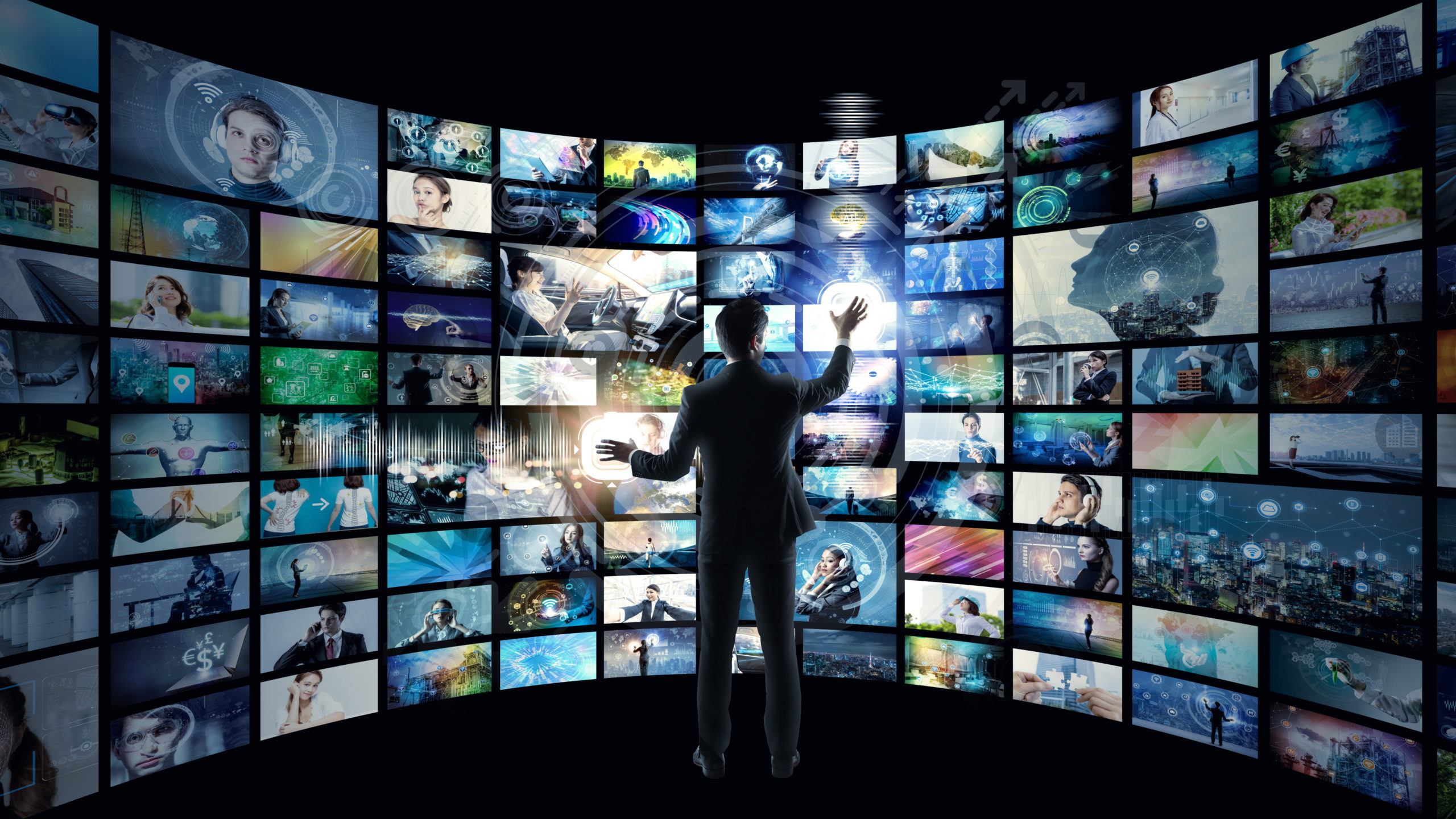
In 2009, the Mooresville Graded School District in North Carolina decided to issue laptops to every student from 3rd to 12th grade in five schools. It was a controversial move that paid off years later when the district’s graduation rate increased from 80% to 91%.
In addition, an average of 88% of students across all grade levels achieved proficiency standards in all subjects, compared to only 73% before the big decision. Mooresville has since become a shining example of how embracing technology can do wonders for student learning.
With technological advancements and the recent shift to remote learning, many educational systems are desperately trying to catch up. Education is more dynamic and digital now, and students today are very different from those who grew up in the old school system.
Teaching methods are also being redefined, and classrooms are being completely remodeled to fit the evolving needs of digital learners. In this article, we’ll discuss how innovations like cloud technology and VR technology in education are used to enhance teaching methods and learning setups.
Printed textbooks are becoming a thing of the past as institutions embrace the idea of an all-digital classroom. Research by the American University stated that 75% of teachers believe digital learning content will replace printed textbooks by 2026. The same study found that 58% of K-12 schools in the United States already use Google-powered devices like tablets.
Some of the advantages of digital readers include:
Cloud technology helped many educational institutions survive the countless lockdowns imposed during the pandemic. Cloud services enabled information to be stored, shared, and accessed on any device that’s connected to the internet.
The cloud allowed students to access learning materials anytime and anywhere. Some apps even offer live chat options so students can get in touch with their teachers and classmates.
Cloud technology gives students access to their homework wherever there's an internet connection. Teachers can upload and access learning materials seamlessly. Meanwhile, the cloud provides an easier way for administrators to collaborate anywhere or at any time.
Cloud computing helps students, teachers, and administrators perform their responsibilities with better accessibility.
3D printing is an impressive technological marvel. It’s capable of creating almost anything, from car parts to artificial body organs.
In a classroom setting, 3D printers can create actual models that students can study and touch. For instance, a science teacher can print lungs to demonstrate the respiratory system. This is considered the future of show-and-tell.
Moreover, students can visualize and print their ideas, giving shape to their imagination.
Other advantages of 3D printing include:
Extended Reality or XR is an umbrella term that includes immersive technologies like virtual reality (VR) and augmented reality (AR).
XR is at the forefront of changing the future of learning. It provides an immersive learning experience for students.
With VR, students can go on a virtual field trip to places like ancient Egypt, or float away to space while an audio guide talks about the science behind the Milky Way.
On the other hand, AR allows learners to view and interact with complex models in a 3D space through an app or AR glasses. It would appeal to visual learners who like to see and experience concepts instead of just reading about them.
Students growing up in the internet age tend to have short attention spans. As a solution, many educational institutions have been developing ways to “gamify” education.
An example of this is a professor from the University of Washington Bothell. She made mathematics more interactive by allowing her class to interact with a Microsoft Kinect, a device designed for video games.
The gamification of education embraces the idea of tying up the enjoyment of playing with the content and concepts students need to learn. It keeps students engaged and creates the desire to get higher scores by studying better while having fun.
Analytics is one of the game-changing innovations in education. It provides teachers and instructors access to data to understand their students’ progress better.
For example, teachers can see what type of information (text, video, or graphics) their students enjoy and use it for their next lessons. Teachers can also pinpoint specific areas where students have problems and use that data to craft an optimized learning plan. It opens an opportunity for tailored or personalized learning.
Emerging technologies are completely reshaping education today. While most of them are still at their early stages, their benefits as teaching aids are undeniable. Educational institutions and teachers should embrace these technologies early on as these would be the future of education.
If you are looking to discover educational opportunities and benefits from technologies like XR or VR, reach out to VEDX. We are a pioneer in XR technology for education and offer state-of-the-art VR solutions for schools, enterprises, and governments.
Get in touch with us today for a free consultation.
Created By Euphoria XR | Privacy Policy | VEDX Code of Conduct | Sitemap | Contact Us